#church cookbook
Explore tagged Tumblr posts
Text

This is the first church cookbook I’ve found with a TEFA* lady on the cover. Methodists are sexy!
*Topless Except For Apron
Cooking is Fun — Sponsored by the Organizations of Calvary Methodist Church in Lewiston, Maine 1947
4 notes
·
View notes
Photo

Cornflake Chicken Casserole Recipe Chicken is baked in a creamy sauce and topped with crunchy cornflakes cereal for a quick and easy weeknight dinner. 2 cans cream of chicken soup, 1 can sliced water chestnuts drained, 1/2 cup finely chopped onion, 1/2 cup mayonnaise, 1 cup cornflakes cereal, 2 tablespoons butter melted or as needed, 3 cups chopped cooked chicken or more to taste, 1 cup finely chopped celery
0 notes
Photo

Mini Ham Loaves Small meat loaves made of ground ham and pork are baked with a sweet and tangy brown sugar sauce. This vintage family recipe is a great way to use up Easter leftovers. 1 cup cider vinegar, 1/2 cup water, 1 pound ground ham, 2 eggs lightly beaten, 1 tablespoon dry mustard, 1 cup brown sugar, 1 cup milk, 2 cups cracker crumbs, 1 pound ground pork
0 notes
Text
Fyodor/Nikolai/Sigma, domestic au, but they are painfully slavic and living their best lives, is something that can be so personal.
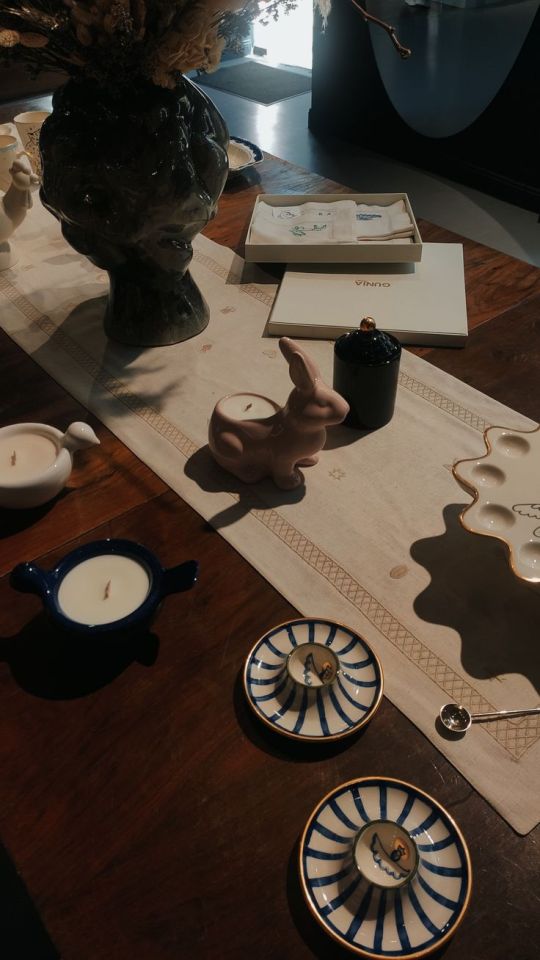




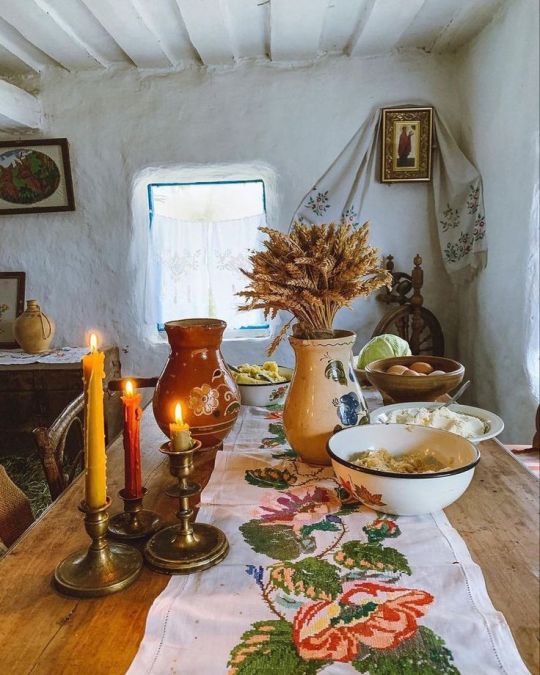













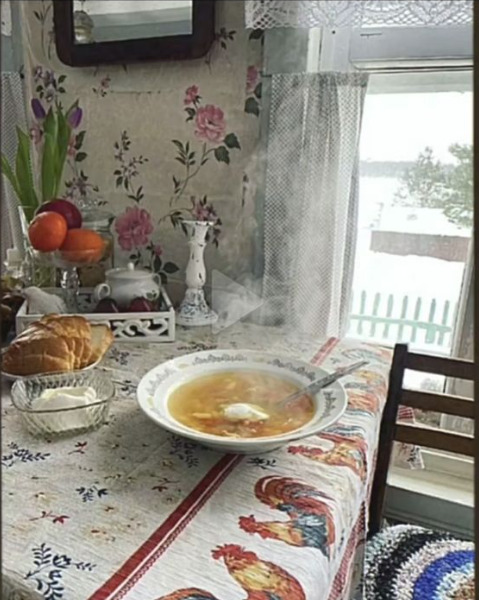

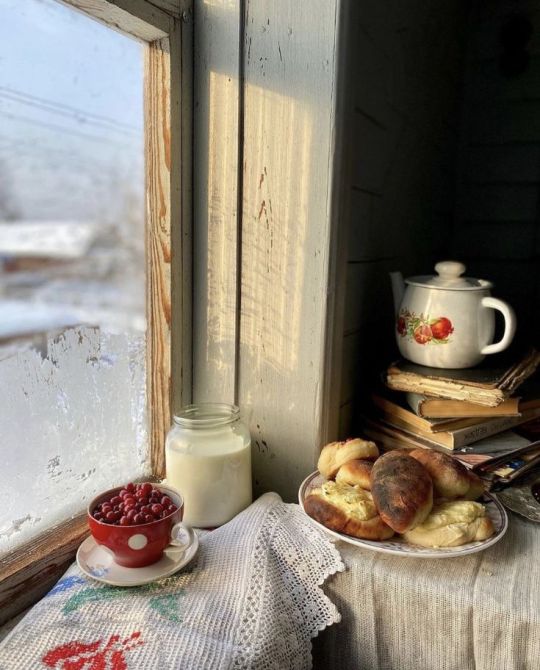




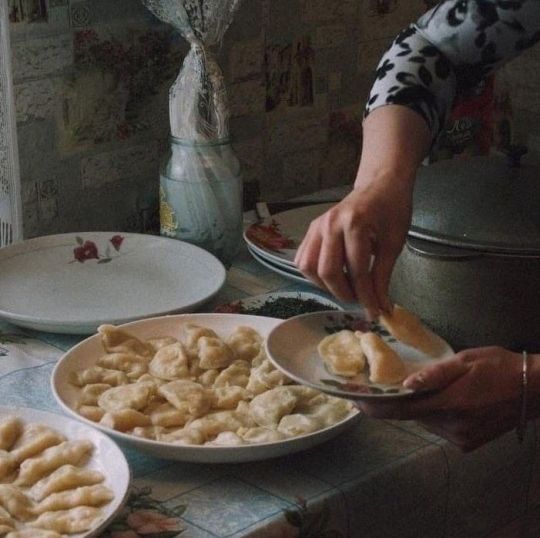
(this post took forever cause I essentially had to make it twice. I didn't look at what blog I originally posted this to the first time round. shoot me)
#the mixture of Russian. Ukrainian. and Polish would be so beautiful and so messy dear lord#they go to church at least every sunday if not more. Fyodor tunes into a radio midnight mass. Sigma veils when he goes to church#they all help cook so every night is fusion night. they scrounged up an *old* cookbook somewhere cause none of them had any family they-#close enough to to get an authentic grandma's cook book. so they make do with what they've got#they all speak all three languages#they believe in *every* slavic superstituion and piece of folklore. its actually like. hard to exist. they're bordering being annoying with#i say lovingly#breakfast is their favorite time of day. they make fancy teas and kiss and read the paper with the radio going#fyodor has a library of old slavic literature#fyodor and nikolai almost only go by fedya and kolya#nikolai lives up to the smoking/alcohol addiction stereotype and he's proud of it#this post is made by a polish slav that is only just starting to reconnect with the culture my family tried to bury so bare with-#the sparsity please. any suggestions would be lovely!#slavic is a blanket term#slavic#sigma#sigma bsd#sigma bungou stray dogs#bsd sigma#(implied) fem sigma#fyodor dostoevsky#bsd fyodor#fyodor dostoyevsky bsd#nikolai gogol#bsd nikolai#sigfoylai#siglai#fyolai#fyosig#bsd
59 notes
·
View notes
Text
moms and grandmas who have cute little containers filled with index cards of recipes are actually morally correct in the age of the internet
#pers#next time im at my moms house i should take photos of a bunch of her recipe cards#between that and like my grandmas church cookbook and my one big cookbook#and working in a kitchen where if you look cute sometimes cooks will tell you shit imlike. set
9 notes
·
View notes
Text




national night out goodies❣️🍪
#i’m incapable of pulling off a midwest church cookbook classic ‘salad’#gf m&m cookies it is😊#here’s to small talk and trying to remember my neighbors names and not just their pets
7 notes
·
View notes
Text

#recipe#recipes#bread#baking#mad's recipe series#sooo i actually started uploading these recipes as text but i'm gonna upload them as pngs from now on :)#btw these are recipes from an old lutheran church up in michigan and it seems to have released in 1988#anyway i tried searching up the cookbook and i couldn't find a *single one* of this specific book so i'm just gonna share the recipes#with y'all <3#if you try making this PLEASE tell me how it went and show me photos bc i'm really curious lol#also some of the ingredients here are out of date so you might have to get some substitutes (and there's a whole list in the back of#this book which i'll eventually upload! :)
5 notes
·
View notes
Text

Oh there must have been BEEF between these two ladies
12 notes
·
View notes
Text
My recommendations are Heirloom Cooking With the Brass Sisters and Heirloom Baking With the Brass Sisters. They’re incredibly well-written and have a great recipe selection, but their main draw is that they’re based on historical family recipes, so nearly everything can be made without modern kitchen appliances!
If nothing else, please try making their banana bread recipe. It’s legitimately the best I’ve ever tasted
The Dungeon Meshi renaissance is making me want to share the resources that taught me how to cook.
Don’t forget, you can check out cookbooks from the library!
Smitten Kitchen: The rare recipe blog where the blog part is genuinely good & engaging, but more important: this is a home cook who writes for home cooks. If Deb recommends you do something with an extra step, it’s because it’s worth it. Her recipes are reliable & have descriptive instructions that walk you through processes. Her three cookbooks are mostly recipes not already on the site, & there are treasures in each of them.
Six Seasons: A New Way With Vegetables by Joshua McFadden: This is a great guide to seasonal produce & vegetable-forward cooking, and in addition to introducing me to new-to-me vegetables (and how to select them) it quietly taught me a number of things like ‘how to make a tasty and interesting puréed soup of any root veggie’ and ‘how to make grain salads’ and ‘how to make condiments’.
Grains for Every Season: Rethinking Our Way With Grains by Joshua McFadden: in addition to infodumping in grains, this codifies some of the formulas I picked up unconsciously just by cooking a lot from the previous book. I get a lot of mileage out of the grain bowl mix-and-match formulas (he’s not lying, you can do a citrus vinaigrette and a ranch dressing dupe made with yogurt, onion powder, and garlic powder IN THE SAME DISH and it’s great.)
SALT, FAT, ACID, HEAT by Samin Nosrat: An education in cooking theory & specific techniques. I came to it late but I think it would be a good intro book for people who like to front-load on theory. It taught me how to roast a whole chicken and now I can just, like, do that.
I Dream Of Dinner (so you don’t have to) by Ali Slagle: Ok, look, an important part of learning to cook & cooking regularly is getting kinda burned out and just wanting someone else to tell you what to make. These dinners work well as written and are also great tweakable bases you can use as a starting place.
If you have books or other resources that taught you to cook or that you find indispensable, add ‘em on a reblog.
#apparently one of the folks in my church knows the brass sisters and they’re lovely#but I only know them through their charming and well made cookbooks#also their challah and lemon cookies are to die for#also these books are the perfect size to use as melee weapons
13K notes
·
View notes
Text
anyone else still have an old church lady casserole they make as an adult for nostalgic reasons
#i have not been in that or any church on a regular basis since i was 12 years old#but i still make that stupid poppy seed chicken because of this one mean old lady that made a good fucking casserole at the church functions#i actually have their church cookbook somewhere i think#my grandmother gave it to me at some point#i'm pretty sure that was in there lol#the only other thing i remember was a joke recipe that they put in bc everyone liked the guy that wrote it
1 note
·
View note
Text
Books are the Best Souvenirs
One of the souvenirs I most love to bring back from a trip is books. Whether it’s in a local bookshop, the tourist traps or at a historical site/museum, I can always find books that, unlike T-shirts and shot glasses, provide me with the essences of the place I’m vacationing. And the best souvenir is the one that brings the memories of the fun and adventures you had on your trip. On a recent trip…

View On WordPress
#booklover#books#christ church#cookbook#ft. frederica#georgia#historicalromance#history#southernhistory#souvenirs#St. Simons Island#travel
0 notes
Text
Friendship Tea. Its a thing, right? Tang, cinnamon, cloves, allspice, instant Lipton iced tea?
Apperently its a Southern US invention. I mean, I only did some light Googling but... Yeah. Freindship Tea, sometimes known as Russian Tea, isn't Russian... It's Southern. No clue why this information is blowing my mind but... It is.
#tea#how did I not know this?#lived in the South all my life and never knew Friendship Tea was a Church Cookbook invention#its not even winter and I want Friendship Tea now
1 note
·
View note
Text

~ Semper Fidelis Cookbook, First Congregational Church (Stockton, Calif.). Semper Fidelis Circle, 1907
#vintage advice#Semper Fidelis Cookoboook#1907#1900s#please don't try this#I'm serious you shouldn't try this#but if you do let me know what happens
330 notes
·
View notes
Text
Charles Entertainment Cheese canonically grew up in a place called St. Marinara's Orphanage.
Given the etymology, we can assume that St. Marinara is Catholic, and was canonized by the Catholic church at some point.
Additionally, the name "Marinara" in reference to tomato sauce tracks back to the 17th century, with the first official cookbook for Marinara sauce published in 1692. It means "seafaring" as the new-world tomato was commonly eaten by Italian sailors.
Given the lack of canon information from Chuck E. Cheese, we have two possible etymologies. Either the sauce was named for the saint, or the saint for the sauce.
I am deciding that the saint was named for the sauce. I am also deciding, that she operated an orphanage and, as punishment for running up debts, was broken on the wheel, and rolled through the streets of Venice to crush tomatoes. I say this because I enjoy the idea that a young Chuck E. Cheese grew up around extremely violent pasta-based saint iconography.
4K notes
·
View notes
Text
Here's the recipe for the chocolate oatmeal no-bake cookies I make for pretty much every celebratory event! They are the first thing I ever learned how to cook or bake, and the first recipe I ever memorized. I have probably made more of these cookies than any other kind of cookie, ever, by such a wide margin I don't think that'll ever change lol
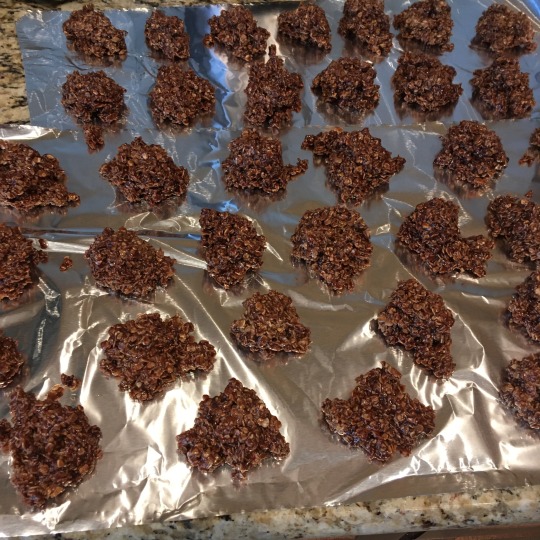
Grandma’s Not-Very-Secret Chocolate Oatmeal No-Bake Cookie Recipe
Keep reading
#chocolate oatmeal no bake cookie recipe#cookies!#recipe#my grandma used to make these! my mom is actually the one who made them most#but they're grandma's recipe#they aren't that secret because I'm pretty sure it's almost exactly the recipe that comes on the oatmeal package#and because I'm pretty sure it's the recipe my grandma submitted for her church's fundraising cookbook#but I made these to give out at school for like every birthday I ever had from middle school onwards#and every time new classmates were wary because the cookies don't look good#and people who'd had them before were really excited#lots of memories for me in these cookies#and like all of them are good memories#so I'm hoping y'all can take this recipe and make some more good memories!#I've never really written out recipes before so let me know if I can explain any of it better#fun fact this is the only recipe I have completely memorized#and that's because the original recipe card from my grandma was so worn out it fell to pieces
115 notes
·
View notes
Text
Fish and Chips’ Surprising Jewish History. Jamie Oliver confirmed it!
You may be surprised to learn that fish and chips, though wildly popular in England for what seems like eternity, was actually a specialty of the Portuguese Sephardic Jews who fled the Inquisition in the 16th century and found refuge in the British Isles. Celebrity Chef Jamie Oliver referred to this recently in an article in the New York Times, adding that, “Dishes evolve, impacted by trade, war, famine and a hundred other forces.”

Among those “other forces” are dishes born of religious ritual. For observant Jews, fish is pareve, a neutral food in kosher terms, thus an easy way to avoid treyf (non-kosher food) and possibly include dairy in the same meal. It was especially important for Marranos, the so-called crypto-Jews, who pretended to be Christian during the Inquisition. They ate fish on Fridays, when meat was forbidden by the Church, and also saved some to eat cold the next day at lunch, to avoid cooking on Shabbat.
Frying was natural for Jewish home cooks — think of latkes and sufganyiot — and as the Jewish community began to flourish in England, it spurred a taste for its beloved fried, battered fish throughout the country. According to Claudia Roden’s The Book of Jewish Food, Thomas Jefferson tried some on a trip to London and noted that he ate “fish in the Jewish fashion” during his visit. Alexis Soyer, a French cook who became a celebrated chef in Victorian England included a recipe for “Fried Fish, Jewish Fashion” in the first edition of his cookbook A Shilling Cookery for the People (1845). Soyer’s recipe notes that the “Jewish manner” includes using oil rather than meat fat (presumably lard), which made the dish taste better, though also made it more expensive.
There’s some dispute about the where and when of “chips” (what we Americans call French fries and the French call pommes frites). Many historians say that deep-fried, cut-up potatoes were invented in Belgium and, in fact, substituted for the fish during hard times. The first time the word “chips” was used was in Charles Dickens’ A Tale of Two Cities in 1859: “husky chips of potato, fried with some reluctant drops of oil.”
The official pairing of fish and chips didn’t happen until a few years later, though. Although there are some who dispute it, most authorities say that it is thanks to a Jewish cook, this time a young Ashkenazi immigrant named Joseph Malin, who opened the first British chippy, AKA fish and chip shop, in London in 1863. The shop was so successful it remained in business until the 1970s.
Who could foresee that fearful Jewish immigrants hiding their true religion and practicing in secret would be responsible for creating one of the most iconic dishes in the U.K.? The down-home dish that Winston Churchill claimed help the British defeat the Nazis, the comfort food that George Orwell said helped keep the masses happy and “averted revolution.” The dish, by the way, that was among the only foods never rationed during wartime because the British government believed that preserving access to it was a way of keeping up morale. A dish that continues to be a mainstay of the British diet.
Think about that the next time you find yourself feasting on this centuries-old — Jewish? British? — recipe.
These days, some restaurants are putting a new spin on fish and chips. Almond crusted. Baked instead of fried. Quinoa coated. Sweet potato fries instead of regular. And those are all fine; as Oliver says, “Dishes evolve.” But plain old fish and chips endures and probably always will. Good recipes usually do.
H/T : @scartale-an-undertale-au
Naveed Anjum
#Jews#crypto jews#jewish cuisine#fish and chips#israel#secular-jew#jewish#judaism#israeli#jerusalem#diaspora#secular jew#secularjew#islam#global cuisine#global foods#cooking#home cooking#history of food#fish n chips#marrano#jamie oliver#chippy#England#London#Britain
306 notes
·
View notes